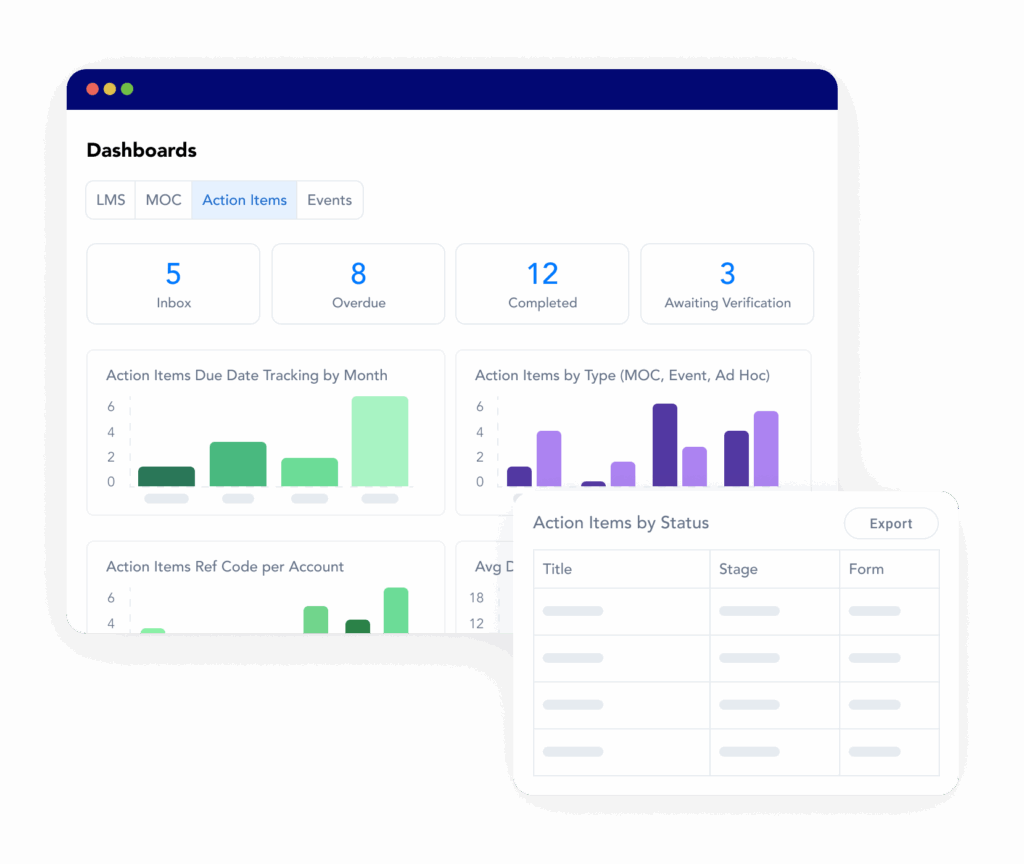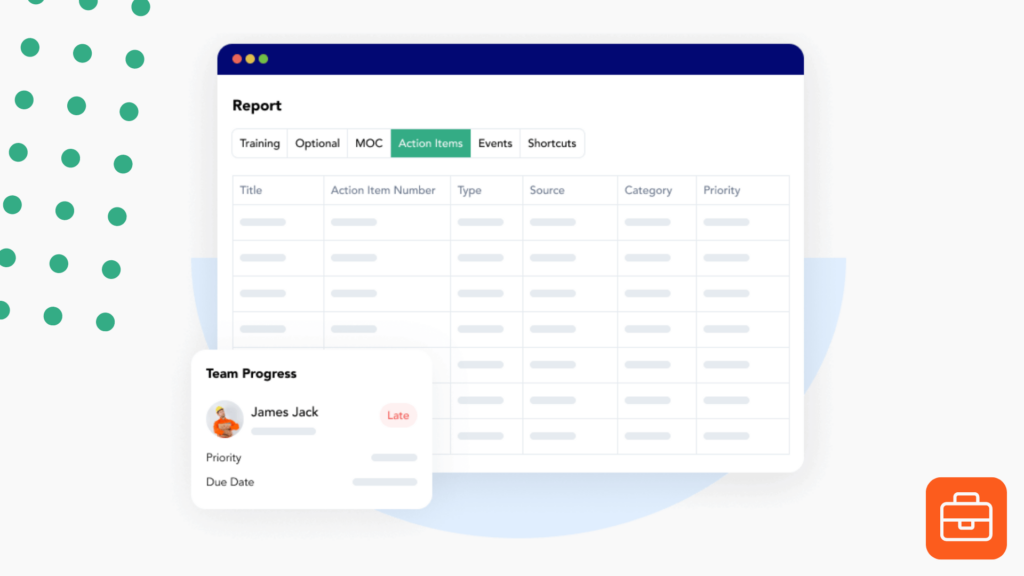Poor records management practices increase compliance risks, slows down operations, and hides critical safety information. Many companies struggle with these issues because they rely on outdated manual systems that can’t keep up with the pace of modern EHS requirements. Here are seven common documentation problems that disappear when you implement a centralized EHS software platform like Frontline EHS.
Inaccurate or Incomplete Information
When you manage records manually, it’s easy to miss important details or record them incorrectly. Such poor management of records can lead to compliance issues.
First, Frontline EHS software actively reduces errors by enforcing required data fields, ensuring that no crucial information is overlooked. Next, it enhances accuracy through digital forms that guide users step by step during data entry. Finally, it strengthens organization with centralized document control, allowing teams to easily access, update, and verify records. Each record contains complete and precise information, giving your team the clarity they need for audits, reporting, and compliance tracking.
Compliance Failures
Failing a compliance audit is one of the biggest signs of poor records management. Inconsistent or missing documentation can make it impossible to verify training completion, inspection schedules, or corrective action follow-up.
Frontline EHS software stores all your records in one secure location, simplifying compliance while reducing your workload. With automated workflows, expiration alerts, and customizable reports, you can easily track every compliance requirement across departments and facilities.
Limited Visibility and Oversight
If your team can’t quickly see what’s complete, overdue, or missing, it’s nearly impossible to maintain control over performance. Poor visibility often results from scattered files and inconsistent documentation practices. That makes it harder to address management practices that are poor regarding records.
- Hold workers accountable to their workloads
- Conduct inspections and audits
- Identify the source of performance issues
- Ensure completion of critical tasks and projects
- Oversee employee training
- Pursue continuous improvement of site processes and policies
Frontline EHS software provides real-time dashboards that display key compliance and safety metrics. Managers can instantly identify gaps, assign corrective actions, and monitor progress without sorting through spreadsheets or file folders.

Lack of Standardization
Without standardization, every department may document information differently. This makes it hard to interpret records, compare data, or locate specific files when needed. For example, if you don’t have rules for how to name documents, how will you find what you’re looking for? Standardization ensures that everyone can easily access and analyze the information they need.
Frontline EHS software solves this by applying consistent templates and workflows across all processes. With the form builder, you can create checklists for specific processes and make them mandatory for inspections, audits, investigations, and more. Whether you’re recording incidents, changes, or inspections, everyone follows the same documentation format, improving clarity and accessibility across the organization.
Insufficient Data Protection
Paper files and shared drives make your organization vulnerable to lost or stolen data. In particular, when you don’t back up and properly secure records, a single incident can erase years of documentation. Therefore, these poor records management practices highlight the need for secure solutions.
EHS software protects your records with encrypted cloud storage, access controls, and automated backups. By doing so, you gain peace of mind knowing your critical compliance data is always secure and recoverable.
Difficult Access to Records
Poor records management practices and disorganized files waste valuable time. Basically, employees shouldn’t have to search through multiple systems or storage locations to find one document.
With Frontline EHS software, every record lives in a centralized, searchable database. Advanced filters and search tools allow you to find training certificates, inspection reports, or audit histories in seconds instead of hours.
Collaboration Issues
Manual documentation systems make collaboration difficult. When employees can’t easily share updates or work from the same version of a document, errors and confusion multiply.
Frontline EHS software connects your teams with shared workflows, version tracking, and automated notifications. Everyone stays on the same page, ensuring updates happen in real time and responsibilities are clear.
Don’t wait until you notice problems on your own. Instead, take a proactive approach and see if anyone has ideas for a better way to work. Often, you’ll come up with some new strategies you can try to create, update, and manage records more efficiently as a company.
Fix Poor Records Management Practices Before It Leads to Bigger Problems
Eliminating poor records management starts with upgrading your system. Frontline EHS software provides the tools your organization needs to standardize documentation, improve compliance, and protect critical data. Explore our products to learn more about the benefits of EHS software.
To see how Frontline simplifies recordkeeping across safety, training, and compliance processes, book a demo with our sales team or use our pricing calculator for an instant quote.



